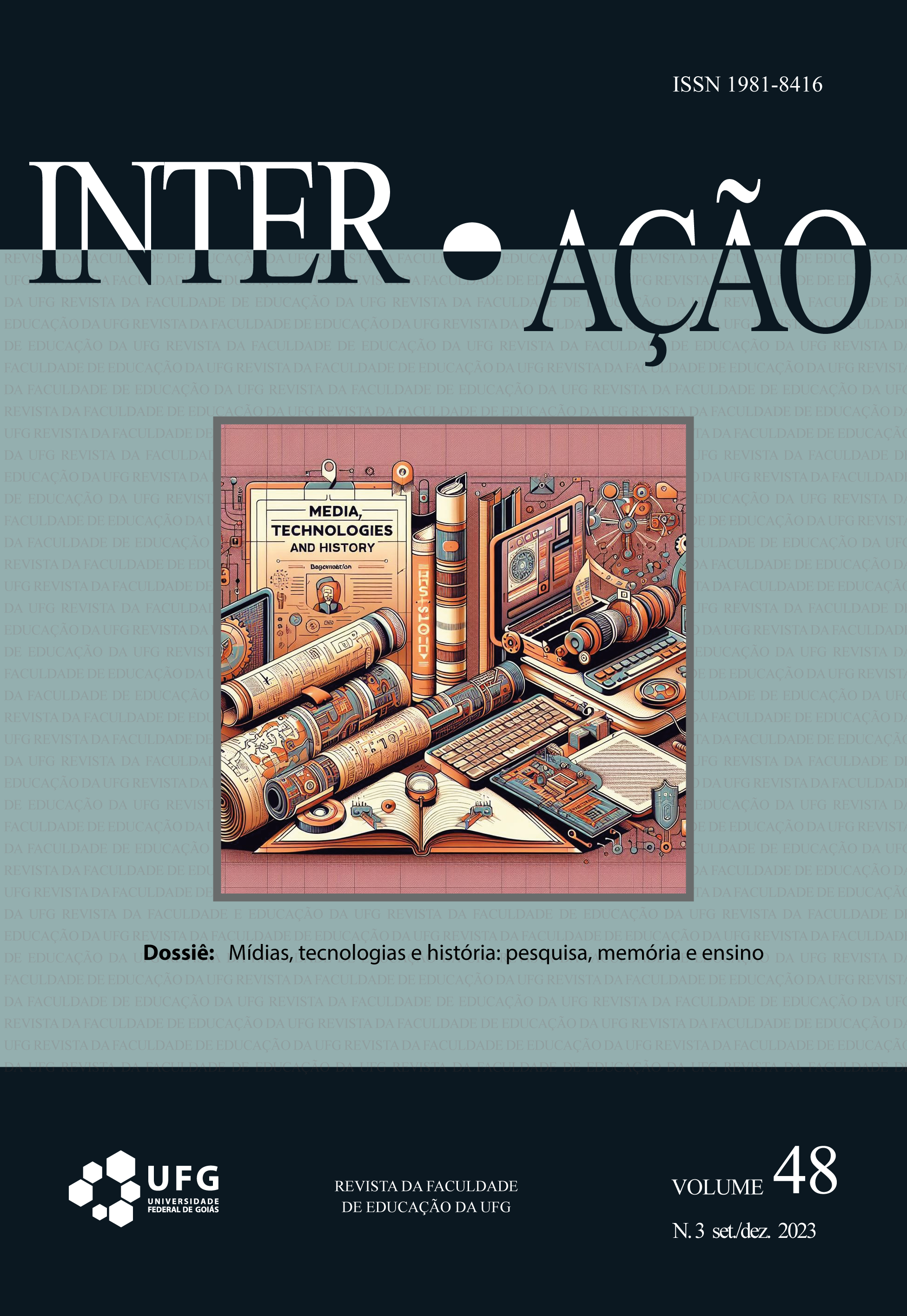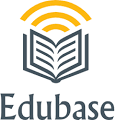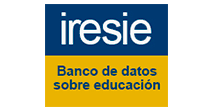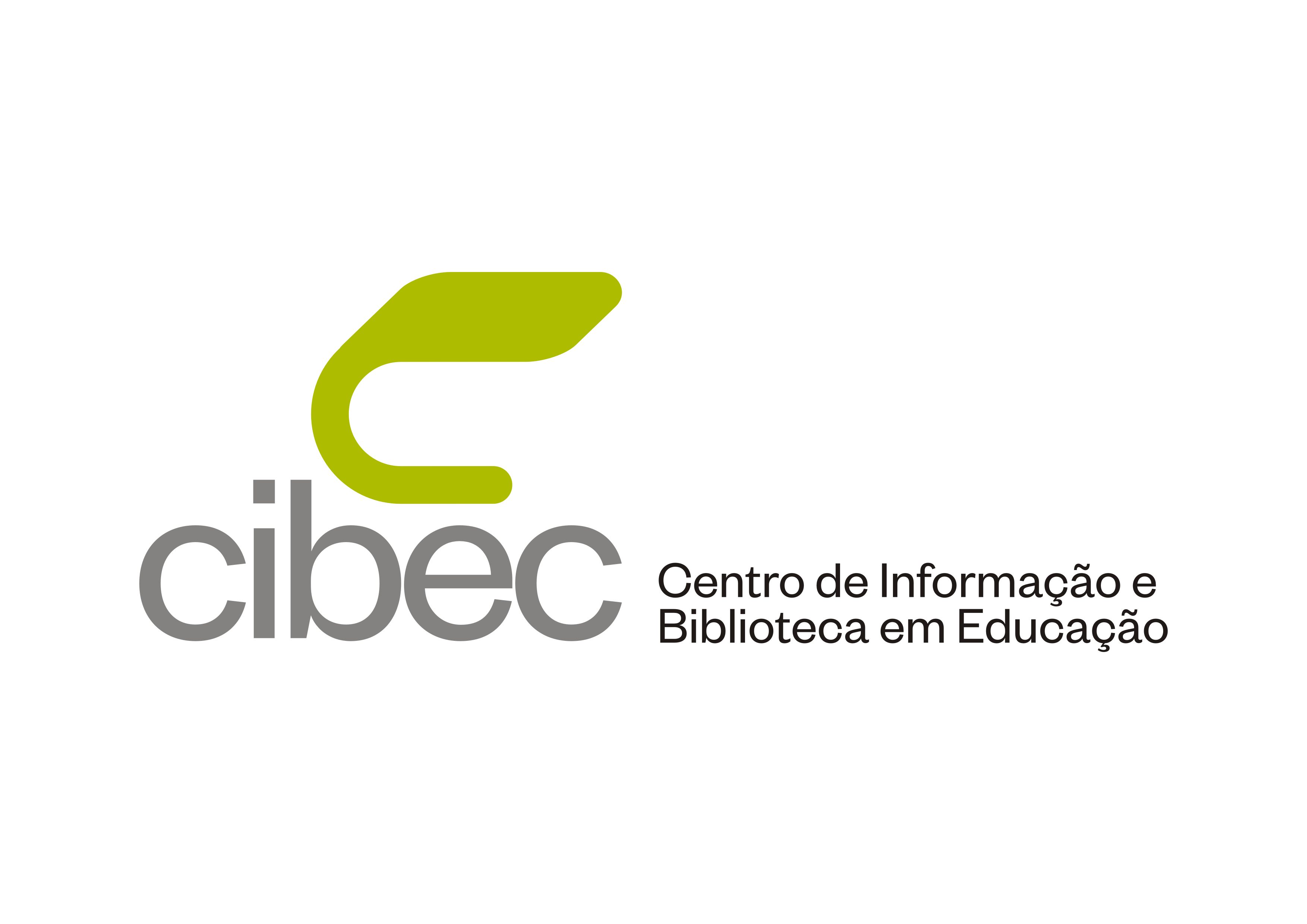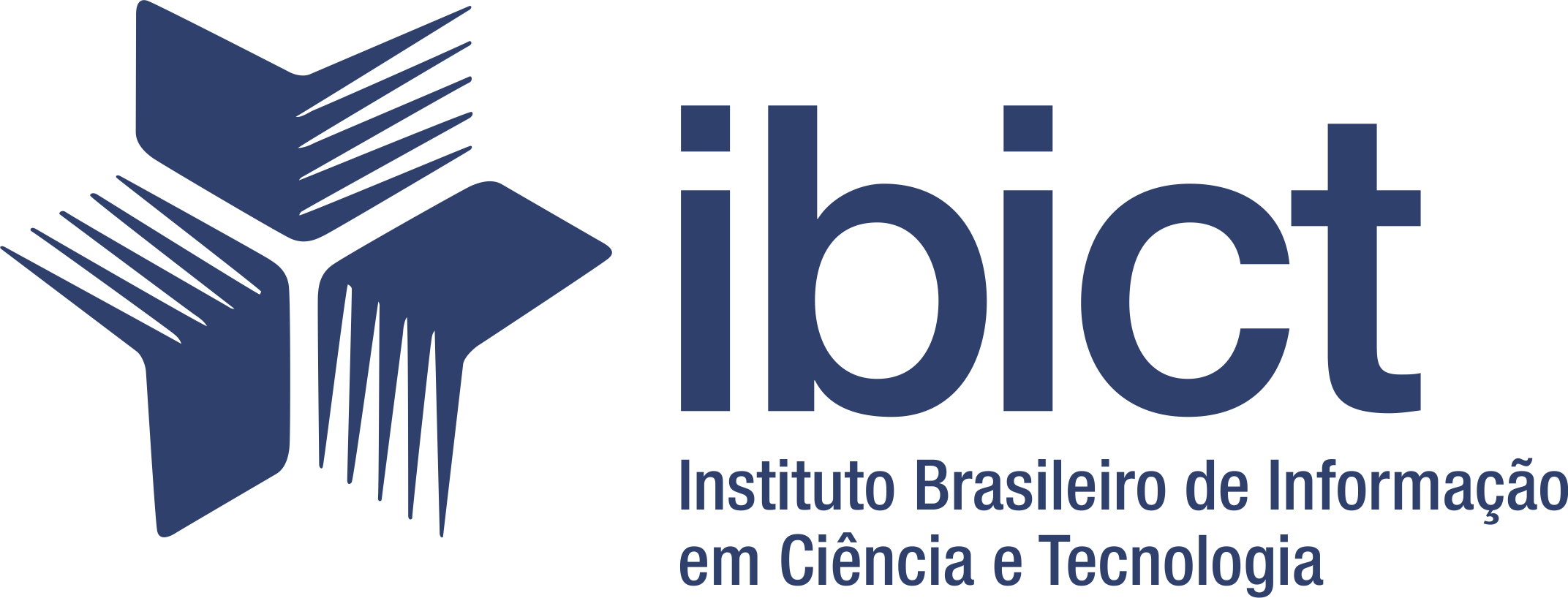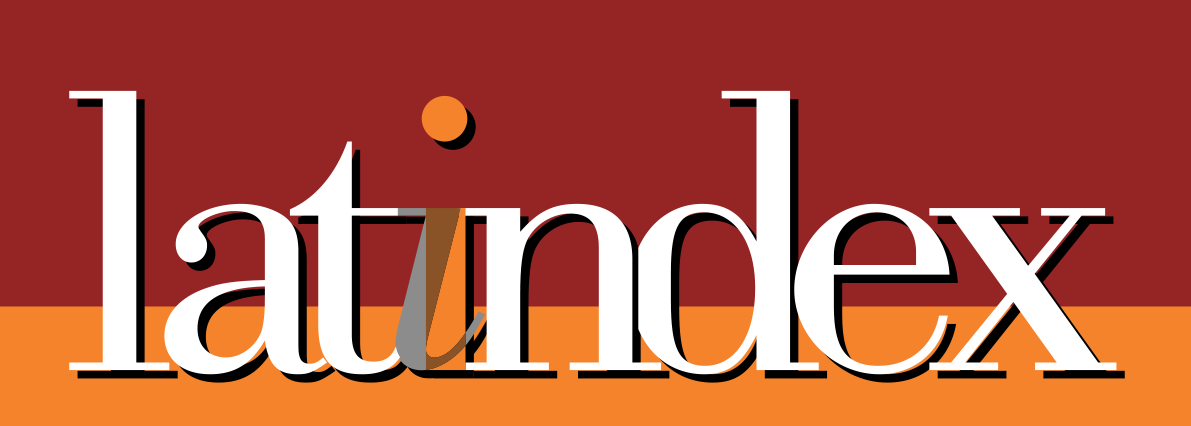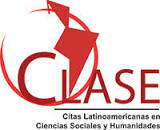THE TECHNOLOGICAL SUPPORT IN THE TEACHING OF HISTORY: FOCUS ON THE IMPORTANCE OF APPLICATIONS IN THE DISSEMINATION OF WOMEN'S HISTORY
DOI:
https://doi.org/10.5216/ia.v48i3.76380Abstract
This work aims to present the possibilities that digital technologies have in the context of teaching and learning, especially in the discipline of History, making classes more attractive and motivating. We resorted to a qualitative approach methodology through the bibliographic review technique. It is noticed that the female figure in the historiographic scope, in short, was made invisible. Under this bias, we seek to rescue the history of women through the applications “Lessons In Herstory” and “Mulheres que Mudaram o Mundo”, contributing to the dynamization of teaching. It is concluded that there is still a lot of disparity between the history taught with narratives centered on the male and female figure, however, digital technologies are the way to make teaching more egalitarian.
KEYWORDS: Digital Technologies; History Teaching; Application; Women.
Downloads
References
BACICH, L.; MORAN, L. Metodologias ativas para uma educação inovadora: uma abordagem teórico-prática. Porto Alegre: Penso, 2018.
BEAUVOIR, S. O Segundo sexo – fatos e mitos. Tradução de Sérgio Milliet. 4 ed. São Paulo: Difusão Européia do Livro, 1980.
BORGES, C. N.; FLEITH, D. S. Uso da tecnologia na prática pedagógica: influência na criatividade e motivação de alunos do ensino fundamental. Psicologia: teoria e pesquisa, 2018.
BORGES, L. R. Mulheres: Da História no Brasil aos Livros de História. 2018. 28 páginas. Monografia (Especialização em Educação: Métodos e Técnicas de Ensino). Universidade Tecnológica Federal do Paraná, Medianeira, 2018.
CAETANO, L. M. D. O papel do software educativo na aprendizagem da Matemática. Um estudo de caso no 1º Ciclo do Ensino Básico. Universidade dos Açores, 2012.
COSTA, F. A. Do sub aproveitamento do potencial pedagógico das TIC à desadequação da formação de professores e educadores. Actas do I Colóquio Brasil-Portugal -2010: “Perspectivas de inovação no campo das TIC na Educação”, 2010.
DIAS, C. M. T. A (in)visibilidade das mulheres no ensino de história do Brasil: O jogo como recurso pedagógico para a história das mulheres. Amambai, 2021.
KENSKI, V. M. Educação e Tecnologias: o novo ritmo da informação. 8. ed. Campinas. SP: Papirus, 2012.
LEARNY LAND. Mulheres que mudaram o mundo. Disponível em: https://play.google.com/store/apps/details?id=com.learnyland.women&hl=pt_BR&gl=US. Acesso em: 01 de jun. 2023.
LESSONS IN HERSTORY. Did you know that only 11% of the Stories in U.S. History textbooks are about women?. Disponível em: https://www.lessonsinherstory.com/. Acesso em: 01 de jun. 2023.
MACIEL, C. Ambientes virtuais de aprendizagem. Ed. Universidade Federal de Mato Grosso, 2012, 262p.
MARTINS, C. S. L.; FERREIRA, C. A. L. O livro didático no ensino de história: invisibilidade das mulheres nos fatos históricos. VIII encontro estadual de História. Feira de Santana, 2016.
MORAN, J. M.; MASETTO, M. T.; BEHRENS, M. A. Novas Tecnologias e Mediação Pedagógica. 21ª ed. Campinas, SP: Papirus, 2013.
NASCIMENTO, M. M. N. As tecnologias na prática pedagógica: recursos digitais para integração no ensino fundamental. Universidade do Estado do Rio Grande do Norte, 2016.
NONNENMACHER, R. F. Estudo do comportamento do consumidor de aplicativos móveis. Trabalho de Conclusão de Curso (Graduação) – Curso de Administração, Departamento de Ciências Administrativas, UFRGS: Porto Alegre, 2012, 70p.
PERROT, M. As mulheres ou os silêncios da história. Trad. V. Ribeiro. Bauru- SP: Edusc, 2005.
PERROT, M. Os excluídos da história: operários, mulheres e prisioneiros. São Paulo, Paz e Terra, 1992.
ROJO, R. (Org.). Escola conectada: os multiletramentos e as TICs. São Paulo: Parábola, 2013.
SILVA, H. M. G.; DAVID, C. M.; MANTOVANI, A. A história como aliada no ensino de história e a sua adesão nas escolas de educação básica. Revista Ibero-Americana de Estudos em Educação, s. l., v. 10, n. 2, p. 390–399, 2015.
SIMÕES, A. P. Et al. O leitor de Tela e a criação de materiais digitais acessíveis a pessoa com deficiência visual. In: Incluir é possível: desmistificando barreiras no processo de ensino-aprendizagem. (org) SONDERMANN, D. V. C.; LINS, A. C.; BALDO, Y. P. - Vitória, ES: Instituto Federal de Educação, Ciência e Tecnologia do Espírito Santo, 2017.
TARACHUK, J. C. O uso das tecnologias de informação e comunicação (TIC) como facilitadoras no processo de ensino e aprendizagem na educação básica. Universidade Federal do Rio Grande do Sul. Porto Alegre, 2015.
UNESCO. Diretrizes de políticas para a aprendizagem móvel. Paris: Organização das Nações Unidas para a Educação, a Ciência e a Cultura, 2014.
UNESCO. TIC na educação do Brasil. Disponível em: https://pt.unesco.org/fieldoffice/brasilia/expertise/ict-education-brazil#:~:text=As%20tecnologias%20de%20informa%C3%A7%C3%A3o%20e,comunidade%20de%20ensino%20e%20aprendizagem. Acesso em: 31 de mai. 2023.
Published
How to Cite
Issue
Section
License
Copyright (c) 2023 Alcione Aparecida da Silva, Eulália Maria Aparecida de Moraes

This work is licensed under a Creative Commons Attribution-NonCommercial 4.0 International License.
Inter-Ação uses the Creative Commons Attribution 4.0 License for Open Access Journals (Open Archives Initiative - OAI) as the basis for the transfer of rights. Open access means making documents available on the Internet free of charge, so that users can read, download, copy, distribute, print, search, or link to the full text of documents, process them for indexing, use them as input data for software programs, or use them for any other lawful purpose, without financial, legal, or technical barriers.
Authors publishing in this journal agree to the following conditions:
1) Authors retain copyright and grant the journal the right of first publication, with the work simultaneously licensed under the Creative Commons Attribution License, which permits redistribution of the work with attribution and first publication in this journal.
2) Authors are permitted to enter into additional, separate agreements for non-exclusive distribution of the version of the work published in this journal (e.g., for publication in an institutional repository or as a book chapter), with attribution and first publication in this journal.
3) Authors are permitted and encouraged to publish and distribute their work online (e.g. in institutional repositories or on their home page) at any time before or during the editorial process, as this may generate productive changes as well as increase the impact and citation of the published work.

